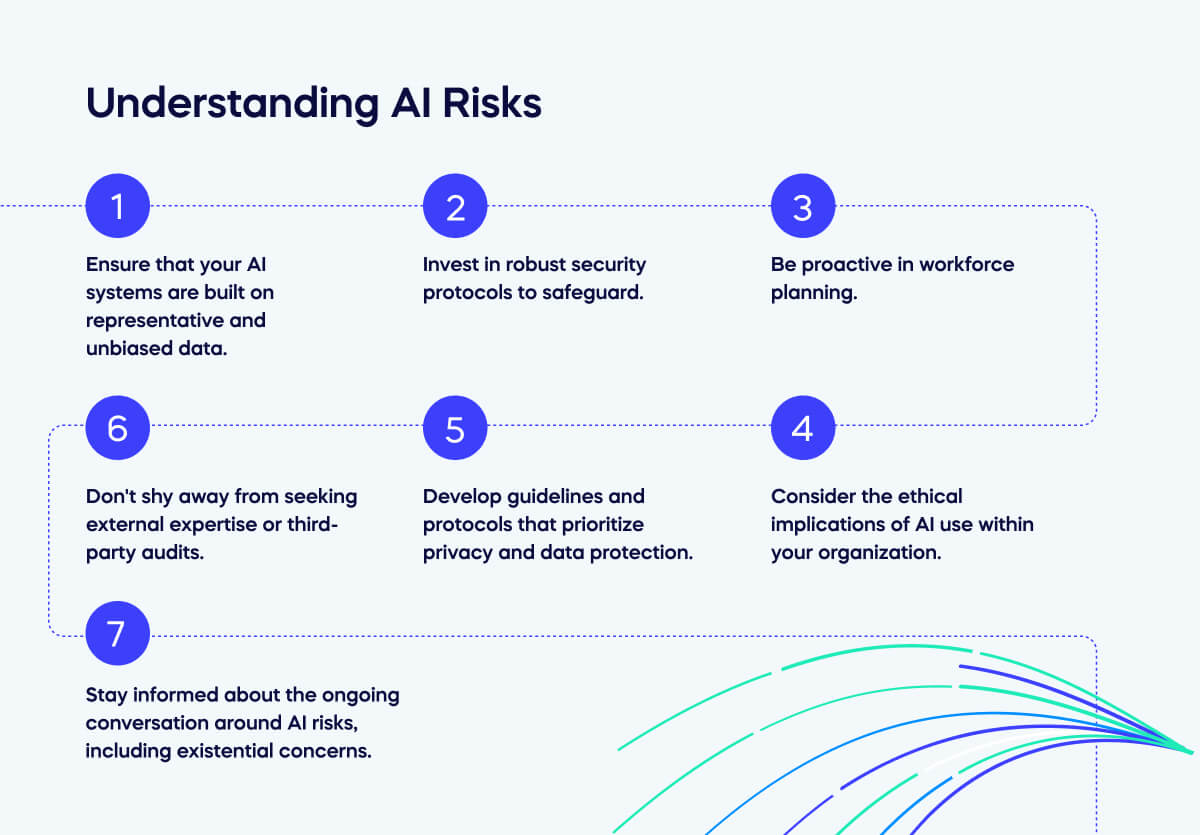Artificial Intelligence Risk Assessment Tools: Your Latest Greatest Friend in Regulatory Compliance
In the current rapidly changing regulatory landscape, companies face an increasing number of compliance challenges. Grasping and reducing risks is more crucial than before, especially as firms navigate complex legal obligations and industry standards. This is the point at which AI risk assessment generators are making a substantial impact, transforming the way businesses approach risk management.
These sophisticated tools leverage artificial intelligence to analyze enormous amounts of data, identify potential threats, and generate detailed risk assessments. With the ability to streamline processes and enhance precision, AI risk assessment generators have become essential allies for compliance teams. By streamlining routine assessments and providing actionable insights, they not just save time but also empower businesses to make educated decisions that strengthen their overall risk posture.
Understanding AI Risk Assessments
AI risk assessments are vital tools that pinpoint, evaluate, and rank potential risks linked to the deployment of artificial intelligence systems. As organizations more and more rely on AI to enhance their operations, grasping the risks involved becomes crucial. These assessments help in revealing vulnerabilities that could lead to unethical outcomes, legal issues, or reputational damage. By systematically analyzing these risks, companies can make educated decisions about how to implement AI responsibly.
The employment of an AI risk assessment generator delivers a streamlined approach to this complicated task. These generators leverage algorithms and established criteria to rapidly evaluate risks particular to various AI applications. They can assess factors such as privacy issues, bias, and security vulnerabilities, providing a detailed overview that manual assessments might overlook. This effectiveness not only saves time but also allows teams to focus on creating AI solutions that are both cutting-edge and law-abiding.
Additionally, embracing AI risk assessment generators fosters a culture of compliance and accountability within organizations. By regularly conducting risk assessments, businesses can preemptively address potential issues, which strengthens their governance frameworks. This proactive approach not only reduces risks but also builds partner trust, knowing that the organization takes its moral duties seriously when deploying AI technologies.
Benefits of AI Threat Evaluation Generators
AI risk evaluation generators provide improved effectiveness to the regulatory procedure. By automating the identification and evaluation of potential risks, these tools significantly minimize the time and effort needed to carry out thorough evaluations. ai risk assessment generator can access critical insights quickly, allowing teams to focus on addressing risks rather than being overwhelmed by manual processes. This speed enhances the decision-making process and ensures that regulatory measures are current, ultimately encouraging a proactive rather than responsive method to risk management.
Another benefit is the ability to utilize vast amounts of information. Artificial Intelligence risk evaluation generators can analyze diverse information sources, identifying patterns and trends that may not be immediately apparent to human assessors. This data-driven approach enhances the precision of risk assessments, leading to more informed choices. With the ability to continuously adapt from new information, these tools evolve and improve their evaluations over time, ensuring that businesses stay ahead of new threats in a constantly changing compliance landscape.
In addition, AI risk evaluation tools encourage consistency and standardization in compliance activities. Human evaluators may have varying views of threat elements, which can lead to inconsistencies in assessments. AI solutions, on the other hand, apply the same standards uniformly, reducing bias and making certain that all threats are assessed based on set criteria. This uniformity not only aids in meeting regulatory standards but also establishes trust and confidence inside the company and among interested parties, strengthening the dedication to a robust compliance environment.
Deploying AI Tools in Regulatory Compliance

Integrating AI risk assessment generators into the compliance structure can significantly enhance the efficiency and precision of risk management efforts. These tools facilitate the assessment of compliance-related risks by processing large volumes of information immediately. This functionality permits organizations to detect potential threats and weaknesses with increased accuracy, minimizing the dependence on traditional assessments that can be time-consuming and susceptible to mistakes.
The process of implementation includes assessing the unique compliance requirements of your organization and picking an AI risk assessment generator that fits those criteria. Once implemented, such tools can simplify the risk assessment procedure by providing concise, practical insights. They allow continuous monitoring and documentation, allowing compliance teams to act promptly to any developing risks or changes in compliance regulations.
To enhance their effectiveness, organizations should emphasize promoting a culture of cooperation between AI tools and expert human analysis. While AI risk assessment generators offer valuable insights, the ultimate judgment should include compliance specialists who can interpret the data in the appropriate context. By merging the strengths of AI with human judgment, organizations can build a resilient compliance framework that evolves with changing risks and compliance demands.